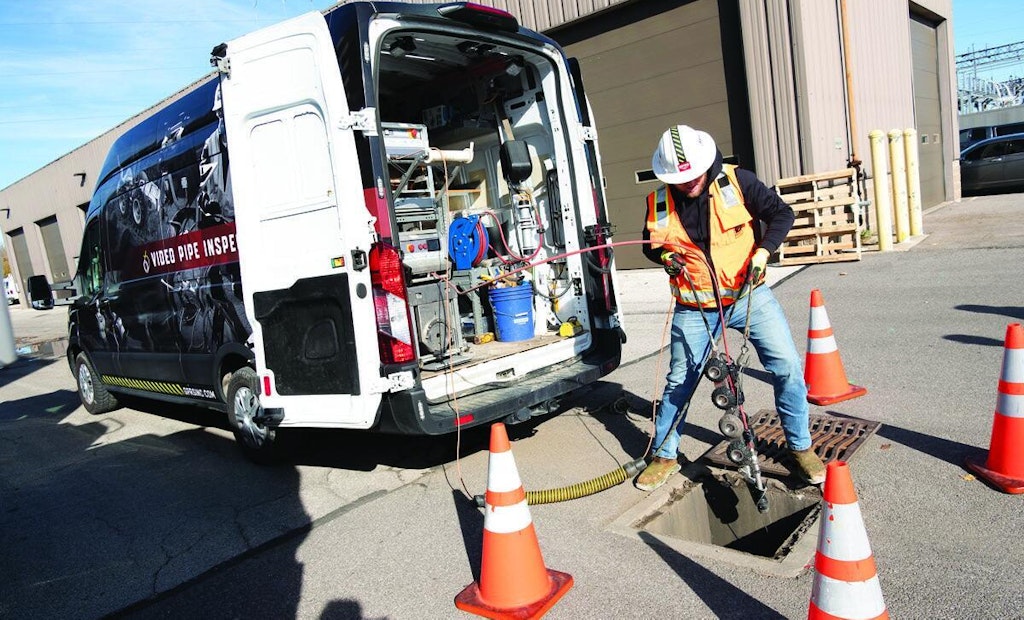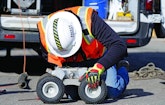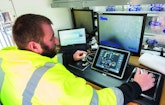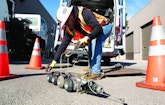
Adam Geer, a field service tech with GPRS, prepares to launch a robotic crawler from Envirosight during an inspection job on the University of Toledo campus in Ohio.
The Video Pipe Inspection division of GPRS sees things most of us never see. That’s because, across the country, its project managers are looking through the lenses of cameras crawling or being pushed through pipes that are out of sight and underground.
VPI is a service that...










